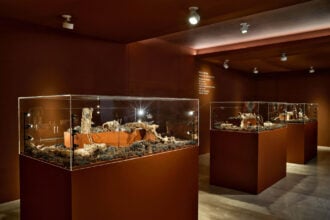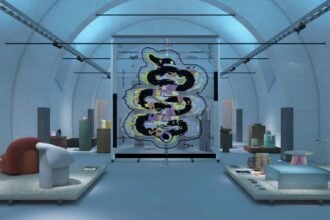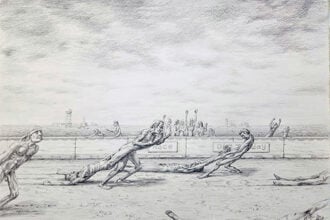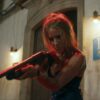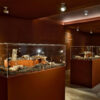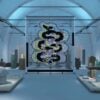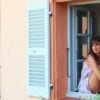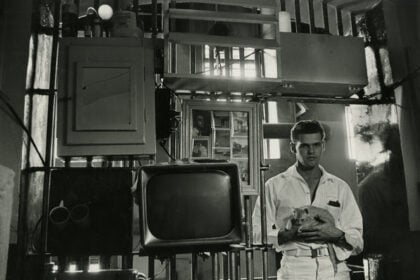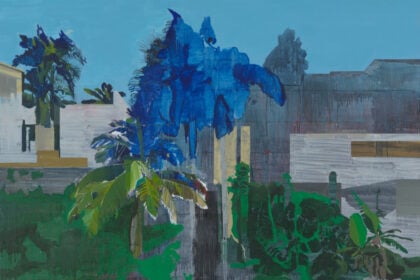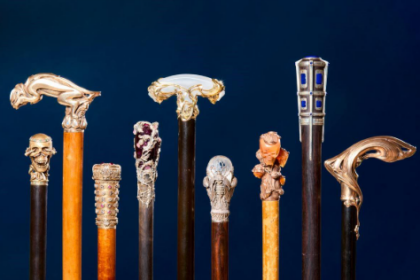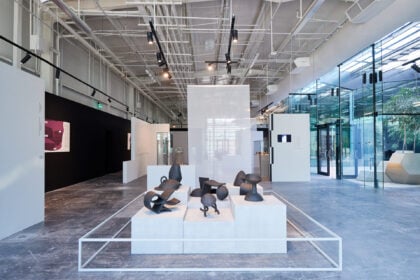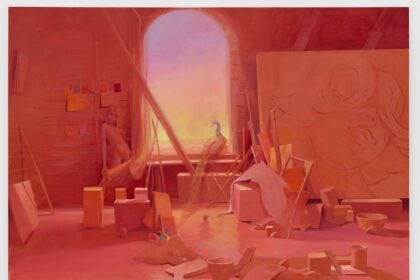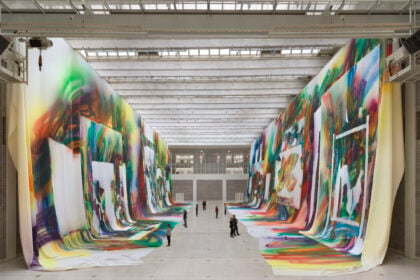New York, NY – July 18, 2024 – 125 Newbury Gallery is excited to announce “Richard Tuttle: A Distance From This,” an upcoming exhibition showcasing a new series of works by the celebrated artist Richard Tuttle. Tuttle, whose pioneering efforts have continually redefined contemporary artistic practice since the 1960s, introduces a fresh suite of creations conceived over the past year, following an inspirational trip to Guatemala in February 2024. Both vibrant and ephemeral, Tuttle’s latest pieces delve into the themes of form, language, and memory, examining how these elements intertwine art with the essence of life. The exhibition will be held at the gallery’s location at 395 Broadway in Tribeca, from September 13 to October 26, 2024.
Tuttle’s creations are an intriguing blend of sculpture, painting, and drawing, forming hybrid constructions that challenge conventional categorization. His works possess an enigmatic allure, marked by irregular edges and delicate lines that balance clumsiness with tenderness. Tuttle’s art oscillates between lightness and a profound, almost metaphysical, weightiness. These sculptures serve as visual and intellectual tuning forks, becoming increasingly revealing the longer one engages with them, making the invisible become perceptible.
Utilizing an array of everyday materials such as uneven wooden strips, crudely carved cardboard, rough scrap metal, folded or rolled paper sheets, bent rubber tubes, pieces of planar Styrofoam, cotton batting, duct tape, and vividly colored paint, Tuttle orchestrates these humble elements into cohesive works of art. His art revolves around unexpected pairings, probing questions like: How do disparate elements cohere? How do ligaments connect bones to muscles, enabling movement? “A Distance From This” not only embodies a cohesive collection but also poses existential questions about the fundamentals of unity within a body and the universe.
Tuttle’s approach brings his materials into an intricate dance of harmony and intimacy, which is both unsettling and graceful. He persuades incompatible and discordant materials to engage in a form of embrace—rubber and wire converge, wood and paper merge. His art seduces viewers into spaces where dimensions mysteriously fold onto themselves, inviting them to explore the complexities of a piece’s surfaces, interiors, skins, and cavities.
The works featured in Tuttle’s exhibition at 125 Newbury Gallery represent both a culmination and a turning point in his career. His February 2024 trip to Mayan ruins in Guatemala profoundly influenced this body of work, manifesting in tangible and intangible ways. The abundance of writing and language in Mayan architecture, which intricately weaves form with meaning, resonates in Tuttle’s sculptures. He questions, “Are they glyphs? Do they connect to writing? Are they a form of a writing system? Are they part of an effort to document, preserve, and revisit? What are they aiming to capture?”
Each piece in Tuttle’s collection serves as a chronicle of its own creation. As he has consistently done throughout his career, Tuttle exposes the process behind his craft. Every cut, brushstroke, bend, fold, and twist of wire is evident in the final form, inviting viewers to retrace these steps alongside him. His works become reflections on the inseparable nature of matter and memory. In Tuttle’s realm, an artwork stands as a relic of its creator, a conduit to their existence, and a map bridging the distance between the physical object and the spirit that breathes life into it.
Born in Rahway, New Jersey, in 1941, Richard Tuttle has built a career centered on the direct and seemingly simple use of objects and gestures, paying meticulous attention to materials and experiences. Rejecting the rationality and precision of Minimalism, Tuttle has embraced a handmade quality in his forms, emphasizing line, shape, color, and space. He has resisted medium-specific labels, preferring the term “drawing” to encompass works that could otherwise be classified as sculpture, painting, collage, installation, and assemblage. By challenging traditional constraints of material, medium, and method, Tuttle’s works sharpen viewers’ perceptions. His creative process, where one series naturally evolves into the next, is driven by a consistent quest to craft objects that are complete expressions of their own essence.


